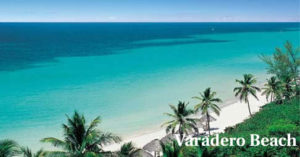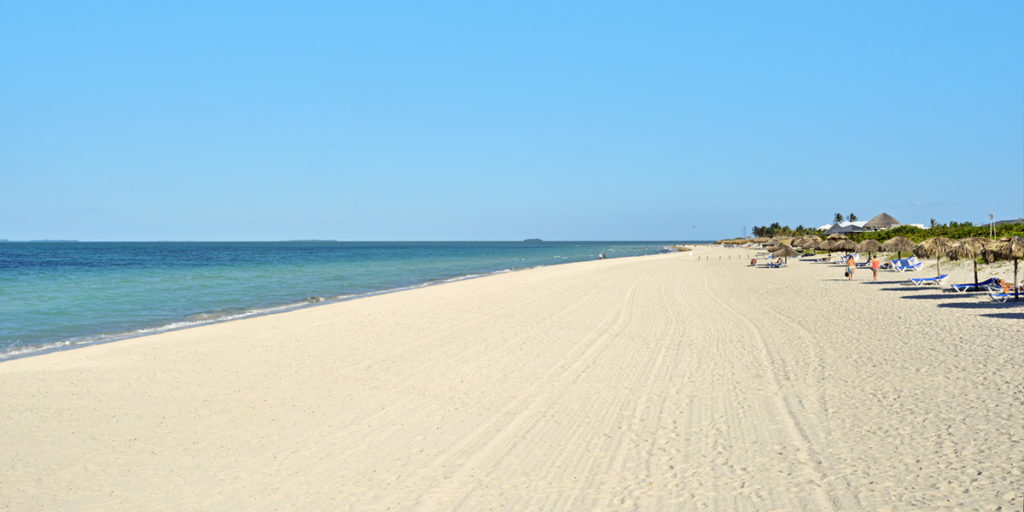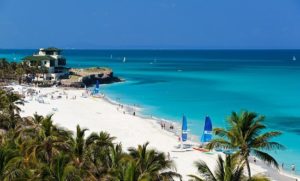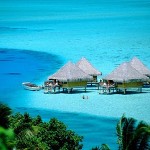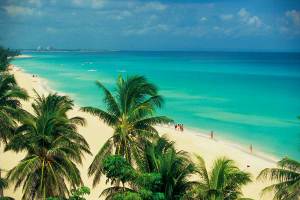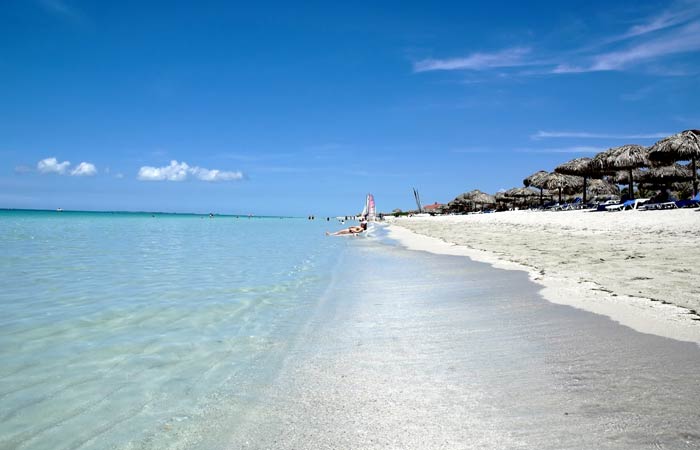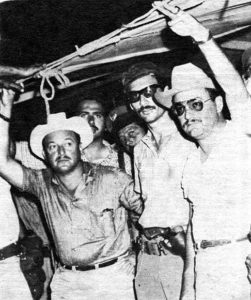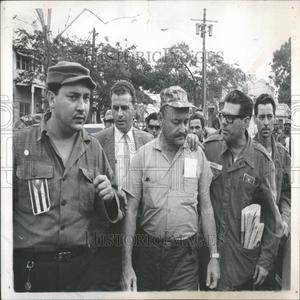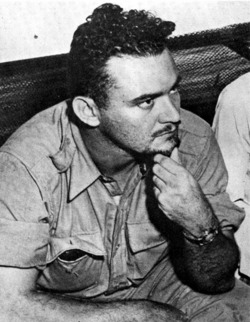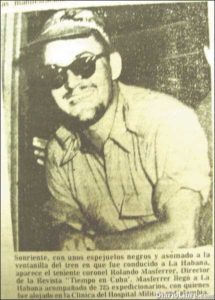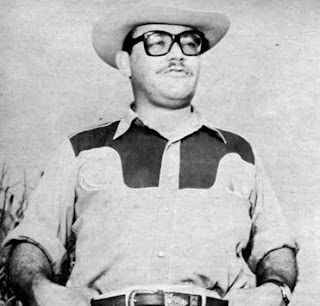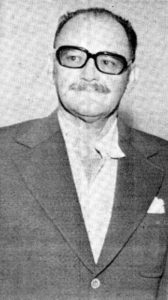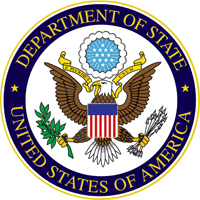Varadero is located on the northern coast of the province of Matanzas, the Hicacos Peninsula was not always the famous Caribbean beach that everyone wants to visit. Between the Cárdenas Bay and the Strait of some 140 kilometers east of Havana, on the eastern end of the Vía Blanca highway. The peninsula is only 1.2 km wide at its widest point and is separated from the island of Cuba by the Kawama channel. This tongue of land but extends more than 20 kilometers from the coast in a northeasterly direction and its tip, Punta Hicacos, is the northernmost point of the island of Cuba. In the northeastern end of the peninsula there is a nature reserve with virgin forests and beaches.
The economic development of the island, and especially of Cárdenas, the nearest city, led to the foundation of the city, as a place of rest and relaxation. Thus began the trips in horse-drawn carriages to the nearby beach, where the pests of mosquitoes and gnats did not allow the final liquidation of the city. However, the beautiful beach was practically unknown in the rest of the island, mainly communications and because fashion was going to spend the summer in Europe.
From these first years of the foundation of the city, Trinidad was divided into two clearly defined zones: the north coast, the beach, inhabited by the founding families and by those who established the first guest houses to accommodate tourists and foreigners, and in the south the coast, coming mainly to the fishermen. The abundance of snappers, mere seafood, crustaceans, and ensure the subsistence of the poor population and local consumption.
From the first decade of the 20th century, some Americans recognized the magnificent natural conditions of Varadero beach and are attracted by its benefits. Mr. Johnson, President of the Contractor Johnson Co. of Wayne, Pennsylvania, was the Chautaqua Cuba Resort Association, based in Philadelphia, to promote the charms of Havana in the United States. This was the first American to build his residence here: a beautiful wooden palace, rebuilt in 1917 with materials never before seen on the site. After the dissolution of the company, years later, this land became the property of the Cuban Miguel Llúria and the American of French origin Irenee Dupont de Nemours.
In 1926, he founded the company Dupont henequén Cárdenas SA, and later replaced by the name of the company SA de Hicacos. For this date he acquired large tracts of land at ridiculous prices and then sold at high prices. As the water was still carried from Cárdenas, it also built its particular aqueduct, the Cárdenas wine fountain. Then, this aqueduct extended to the offer, at a high price, the new offers that were emerging. The residence of this wealthy millionaire was designed in 1929 by the architects Govantes and Cobarrocas, at a cost of $ 400 000 200 000 and furniture, his name was in honor of Xanadu English poem by Samuel Taylor Coleridge, inspired by the legendary warrior of Kham Kubla. This mansion, which today is the Varadero Golf Club, with views of the Hicacos Rocks and is surrounded by beautiful gardens and its golf course.
It was not until the Second World War that the real development of Varadero began, with the appearance of countless more exclusive distributions, with private police, limited entry, interior roads and extensive gardens: Sun Club, Kawama, etc. whose category decreased as they approached the southern coast. Among the most notable houses of this period are: the Countess of Revilla de Camargo, the pharmaceutical millionaire Sarra, and sugar magnate Julio Lobo. Dupont, meanwhile, continued with their lucrative activities, including the sale of land for the hotel · International · Built in 1950 at a cost of $ 3 million, and the division of the area called Dupont, from Kawama, began at mid of the 40.
In 1956 the Tourism Center of the Varadero Authority (ACETVA) was created, responsible for carrying out extensive travel plans. Among the works carried out is the new aqueduct, fed by springs in the south of Punta de Hicacos, the marina for yachts, new offers, residences and facilities.
Varadero in the 80s was one of the favorite beaches of Cuban families. There they met with their children on holidays, in a calm and trusting environment, until the Castro administration decided to turn the beach into the most important tourist center in Cuba, in order to increase foreign tourism. So far the foreign, capitalist interests have invested considerable sums in investments in Cuba starting with the Spanish Sol Meliá, LTI, RIU, Horizontes, Iberostar, Gran Caribe, among others.
Varadero Beach has now become the most visited tourist site for foreigners and one of the major interests of the Cuban government in acquiring means to support a national economy currently bankrupt.
LA PLAYA DE VARADERO, RESUMEN DE SU DESARROLLO.
Varadero está situado en la costa norte de la provincia de Matanzas, la Península de Hicacos no siempre fue la famosa playa del Caribe a la que todo el mundo quiere visitar. Entre la bahía de Cárdenas y el Estrecho de algunos 140 kilometros al este de La Habana, en el extremo oriental de la autopista Vía Blanca. La península está a sólo 1,2 km de ancho en su punto más ancho y está separada de la isla de Cuba por el canal de Kawama. Esta lengua de tierra pero se extiende más de 20 kilómetros de la costa en dirección noreste y su punta, Punta Hicacos, es el punto más septentrional de la isla de Cuba. En el extremo noreste de la península hay una reserva natural con bosques vírgenes y playas.
El desarrollo Esconómico de la isla, y en especial de Cárdenas, la ciudad más cercana, condujo a la fundación de la ciudad, como un lugar de descanso y relajación. Así comenzó los viajes en coches tirados por caballos a la playa cercana, donde las plagas de mosquitos y jejenes no permitió que la liquidación definitiva de la ciudad. Sin embargo, la hermosa playa era prácticamente desconocida en el resto de la isla, principalmente las comunicaciones y porque la moda iba a pasar el verano en Europa.
A partir de estos primeros años de la fundación de la ciudad, Trinidad se dividió en dos zonas claramente definidas: la costa norte, la playa, habitado por las familias fundadoras y por los que establecieron las primeras casas de huéspedes para dar cabida a los turistas y extranjeros, y en el sur la costa, procedentes sobre todo a los pescadores. La abundancia de pargos, meros mariscos, crustáceos, y garantizar la subsistencia de la población pobre y el consumo local.
Salidas diarias de vapor, así como barcos, goletas y yates llevado a la construcción de un muelle. Otras actividades de los turistas eran pelota, natación de competición, la caza, la pesca. Sin embargo, se puede decir que en los primeros años de la República (enmarcado a partir de 1902) aún poco visitado Varadero. En 1910 comenzó a competir con los clubes entre Varadero y Halley. Sin embargo, las clases adineradas prefirieron continuar viaje a Europa o Miami.
Desde la primera década del siglo XX, algunos estadounidenses reconocieron las magníficas condiciones naturales de la playa de Varadero y se sienten atraídos por sus beneficios. El Sr. Johnson, presidente de la Contratante Johnson Co. de Wayne, Pennsylvania, fue el Chautaqua Cuba Resort Association, con sede en Filadelfia, para promover en los Estados Unidos los encantos de La Habana. Este fue el primer estadounidense construyó su residencia aquí: un hermoso palacio de madera, reconstruida en 1917 con materiales nunca antes vistos en el sitio. Después de la disolución de la empresa, años más tarde, esta tierra pasó a ser propiedad del cubano Miguel Llúria y el americano de origen francés Irenee Dupont de Nemours.
En 1926, fundó la empresa Dupont henequén Cárdenas SA, y más tarde reemplazado por el Nombre de la empresa SA de Hicacos Para esta fecha adquirió grandes extensiones de tierra a precios irrisorios y luego vender a precios elevados. A medida que el agua se llevó aún de Cárdenas, también construyó su particular acueducto, la fuente de vino de Cárdenas. Entonces, este acueducto se extendió a la oferta, a un alto precio, las ofertas nuevas que estaban surgiendo. La residencia de este millonario ricos fue diseñado en 1929 por los arquitectos Govantes y Cobarrocas, a un costo de $ 400 000 200 000 y los muebles, su nombre era en honor de Xanadú Inglés poema de Samuel Taylor Coleridge, inspirada por el legendario guerrero de Kham Kubla. Esta mansión, que hoy es el Varadero Golf Club, con vistas a las Rocas de Hicacos y está rodeado de hermosos jardines y su campo de golf.
No fue sino hasta la Segunda Guerra Mundial comienza el verdadero desarrollo de Varadero, con la aparición de un sinnúmero de distribuciones más exclusivos, con policía privada, entrada limitada, caminos interiores y amplios jardines: Sun Club, Kawama, etc. cuya categoría disminuyó a medida que se acercaban a la costa sur. Entre las casas más notables de este periodo son: la Condesa de Revilla de Camargo, el millonario Sarra farmacéutica, y el magnate azucarero Julio Lobo. Dupont, por su parte, continuaron con sus actividades lucrativas, incluyendo la venta de terrenos para el hotel · Internacional · Construido en 1950 a un costo de $ 3 millones, y la división de la zona llamado Dupont, a partir de Kawama, comenzó a mediados de de los 40.
En 1956 se creó el Centro de Turismo de la Autoridad Varadero (ACETVA), responsable de llevar a cabo amplios planes de viaje. Entre los trabajos realizados es el nuevo acueducto, alimentado por manantiales en el sur de Punta de Hicacos, el puerto deportivo para yates, ofertas nuevas, residencias e instalaciones.
Varadero en los años 80 fue una de las playas favoritas de las familias cubanas. Allí se reunían con sus hijos en vacaciones, en un ambiente tranquilo y de confianza, hasta que la administración Castro decidió convertir la playa en el centro turístico más importante de Cuba, con el fin de incrementar el turismo extranjero. Hasta el momento los intereses extranjeros, capitalistas, han invertido considerables sumas en inversiones en Cuba comenzando con la española Sol Meliá, LTI, RIU, Horizontes, Iberostar, Gran Caribe, entre otras.
La Playa de Varadero se ha convertido actualmente en el lugar turistico de mayor visita de extranjeros y uno de los mayores intereses del gobierno cubano en la adquisicion de medios para respaldar una economia nacional en bancarrota actualmente.
Agencies/Wiki/Various/Internet Photos/Arnoldo Varona/TheCubanHistory.com
THE CUBAN HISTORY, HOLLYWOOD.



